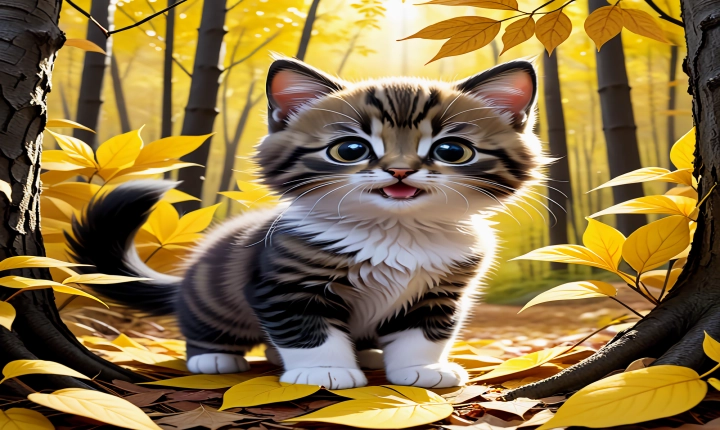Has AI Killed Art?
Art has long been seen as a deeply human endeavor, a way for us to express our innermost thoughts, emotions, and experiences. However, with the rise of artificial intelligence, some have begun to question whether AI has killed art as we know it.
On one hand, AI has undoubtedly revolutionized the way we create art. Through machine learning algorithms, AI can analyze vast amounts of data to create new and unique artworks. It can generate music, poetry, visual art, and even fashion designs. This has led to a new wave of creativity and innovation, pushing the boundaries of what is possible in the world of art.
Additionally, AI has made the creation of art more accessible than ever before. With the help of various software and tools, individuals with little to no artistic background can create impressive pieces of art. This democratization of art has allowed a wider range of voices and perspectives to be heard, leading to a more diverse and inclusive art world.
However, some argue that AI has stripped art of its personal, emotional, and human elements. While AI-generated art may be technically impressive, it lacks the soul and individuality that humans bring to their creations. Art is often a reflection of the human experience, grounded in our emotions, values, beliefs, and cultural backgrounds. AI, on the other hand, lacks these intrinsic human qualities, raising questions about the authenticity and meaning of AI-generated art.
Furthermore, there are concerns about the impact of AI on the job market for human artists. As AI becomes more advanced, there is a fear that it could replace human artists, leading to a decline in employment opportunities and a homogenization of art. This could stifle the diversity and creativity that comes from the unique perspectives and experiences of human artists.
Despite these concerns, many argue that AI has not killed art, but rather expanded its possibilities. AI can be seen as a tool for artists to use in their creative process, opening up new avenues for exploration and expression. It can aid in the generation of ideas, the execution of complex tasks, and the exploration of new artistic techniques.
In conclusion, while the rise of AI has undoubtedly transformed the art world, it has not killed art. Instead, it has forced us to reexamine what art means in the age of technology and how we can harness AI to enhance our creative endeavors. Ultimately, the future of art lies in the hands of both humans and AI, working together to create a rich and diverse artistic landscape.
